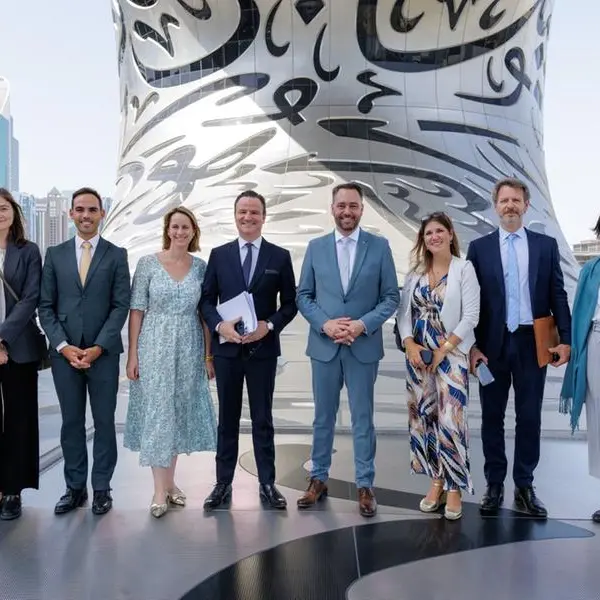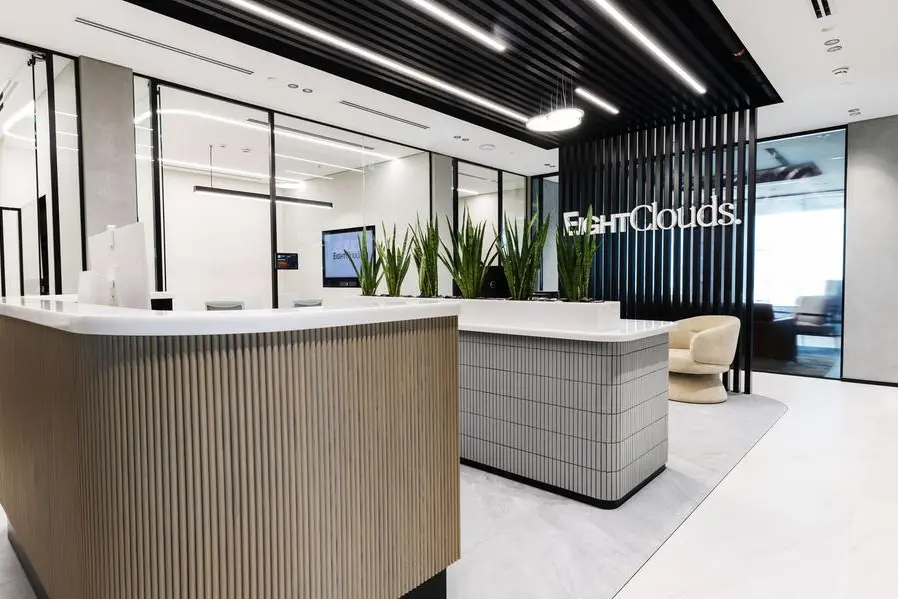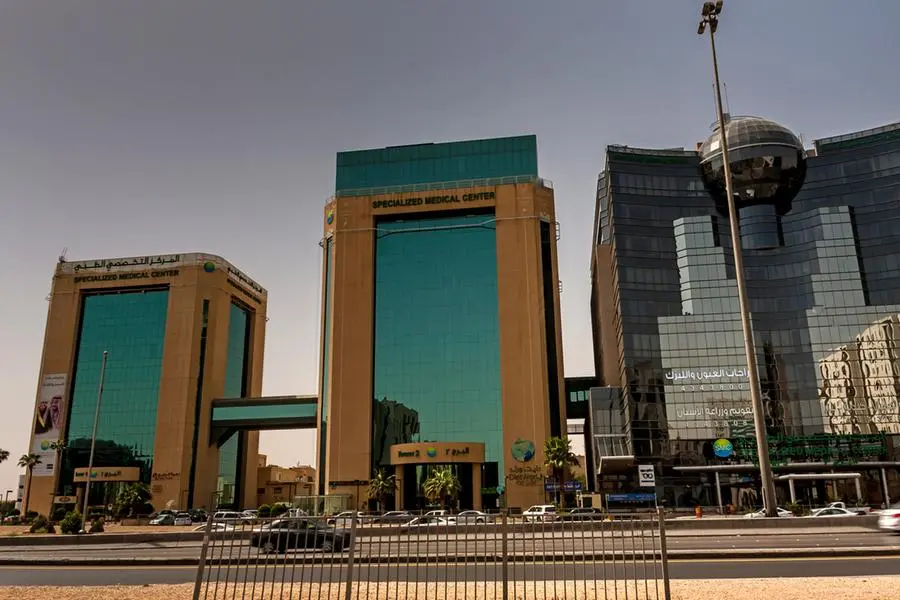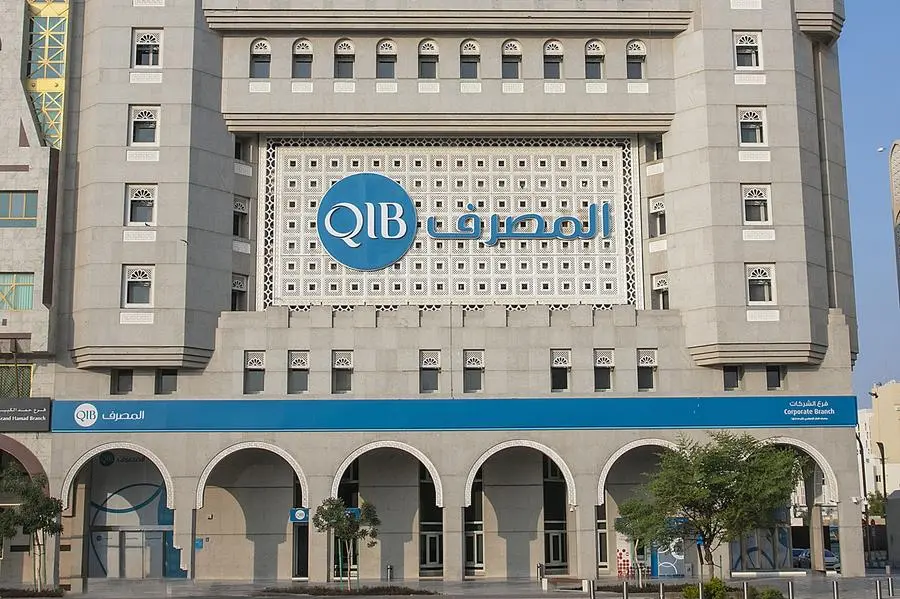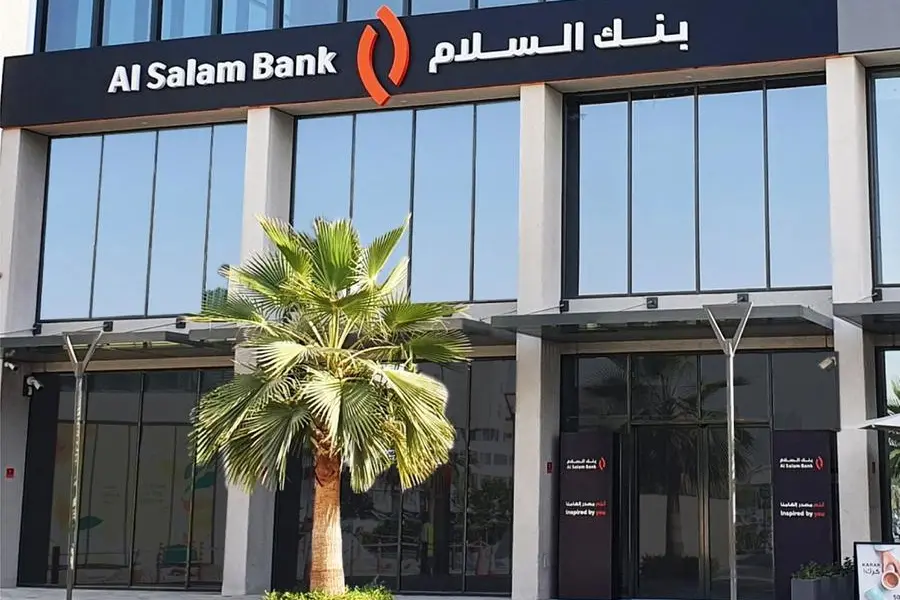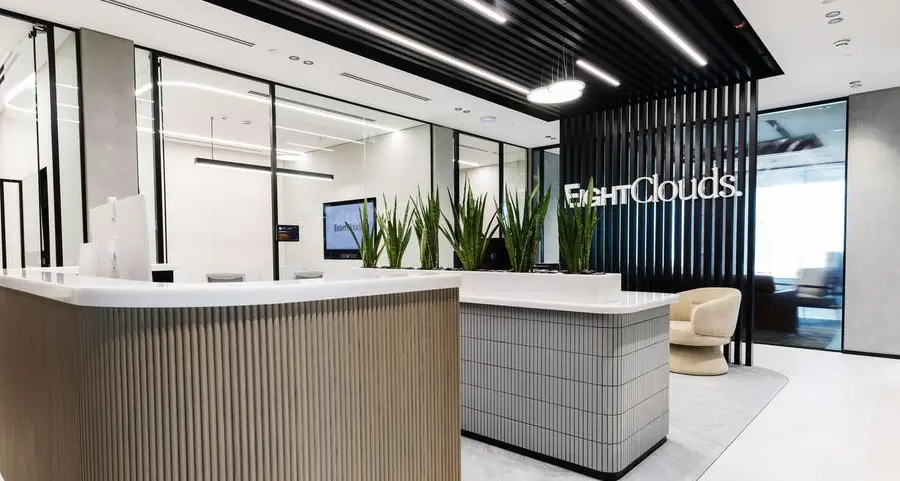PHOTO
Dubai, United Arab Emirates – Emplifi, the leading unified customer experience platform, has released the results of its comprehensive analysis of Q4 2021 social media data, offering key insights into paid and organic user engagement and post interaction on Instagram and Facebook, and social media customer care.
According to the report, Middle East ad spend was 22% higher in Q4 2021 than at any point over the past year, while a 25% increase was seen globally. A healthy holiday season in the region led paid social to soar 26% year-on-year, and highlights how much more brands generally invest in it over the end-of-year period.
Brands seeking to benchmark their social media content’s level of engagement – as measured in likes, comments and shares – will be interested in Emplifi’s analysis across more than 7,000 brands worldwide. During the last quarter of 2021, Click-Thru-Rates (CTRs) held steady globally, but Cost-Per-Click (CPC) increased, meaning marketers had to pay more for that audience. In the Middle East, the highest CTR was seen on Facebook Instream Video (0.33%) followed by Facebook News Feed (0.19%). While the lowest CPC was Facebook Video Feeds (USD 0.08), Facebook News Feed (USD 0.16), and Instagram Stories (USD 0.68).
Organic social media in the Middle East found Live Video to be a clear top-performer, with 38 median post interactions, and 31 interactions more than any other type of post. Whereas on Instagram, Carousel and Instagram TV both had 63 median post interactions.
In general, Instagram posts earned higher engagement than Facebook posts globally. In Q4 2021, brands earned approximately 5.3 interactions per 1,000 impressions for a Facebook post, a 19% decrease compared to Q4 2020. Meanwhile, Instagram posts received about 35 interactions per 1,000 impressions in Q4 2021, which was similar to the results of the Q4 2020 report.
Looking at the region by industry, the retail category (21.3%, up from 19.2% in Q3 2021) topped the total interactions of brand pages on Facebook, while on Instagram, the eCommerce category (30.4%, up from 26.9% in Q3 2021) led the way for the total interactions of brand profiles on the platform.
Etihad Airways had two of the top three performing posts on Facebook, generating 435,159 and 380,437 interactions respectively, while the National Bank of Kuwait (225,069 interactions) and telecom company Ooredoo Qatar (151,696) were the best performing post on Instagram.
Social Media Customer Care
“It’s important that brands understand what consumers want and need at each stage of their purchase journey. The foundation of any successful social media campaign is content that truly resonates with your target audiences, which alongside customer care, is a large contributor to a positive customer experience" said Emplifi CMO Zarnaz Arlia.
Social media efforts related to customer service are a very recent shift. Gone are the days when consumers interact with brands by just phone or email. Today’s consumers spend their time on social media - that’s where they want to engage with brands, and they have high expectations on responsiveness.
Emplifi also analyzed the efficacy of social media customer care by measuring how often brands respond to user questions in the comments (response rate), and the timeliness of their response (response time).
In Q4 2021, there was a slight decline compared to Q4 2020 response rates across all three platforms globally – Facebook (-3%), Instagram (-2%), and Twitter (-2%). Brands were also more likely to respond to questions on Instagram than they were on Twitter, with the exception of brands in Automotive and Home and Living, which both had higher response rates on Facebook than Instagram.
Emplifi data also shows that globally the time it takes for brands to respond is slowly increasing on Facebook and Instagram, with year-on-year increases of 1.0 and 2.6 hours seen on these platforms, respectively. On the other hand, brands' response times on Twitter decreased by 1 hour since Q4 2020. Specifically in the Middle East, the median response time on Twitter to user direct messages and questions in comments is less than two hours. The growing mainstream use of chatbots is also noteworthy. Over time, expect brands to increase both response rate and response time by leveraging AI-powered chatbots to respond to frequently asked questions.
“People want fast answers to their questions and there is room for improvement when it comes to brands’ response time on social media. Finding efficiencies for simple inquiries can address consumer expectations and provide support teams with more time to solve complex questions. The businesses that succeed and gain market share understand this, and how it elevates the overall customer experience" said Arlia.
© Press Release 2022
Disclaimer: The contents of this press release was provided from an external third party provider. This website is not responsible for, and does not control, such external content. This content is provided on an “as is” and “as available” basis and has not been edited in any way. Neither this website nor our affiliates guarantee the accuracy of or endorse the views or opinions expressed in this press release.
The press release is provided for informational purposes only. The content does not provide tax, legal or investment advice or opinion regarding the suitability, value or profitability of any particular security, portfolio or investment strategy. Neither this website nor our affiliates shall be liable for any errors or inaccuracies in the content, or for any actions taken by you in reliance thereon. You expressly agree that your use of the information within this article is at your sole risk.
To the fullest extent permitted by applicable law, this website, its parent company, its subsidiaries, its affiliates and the respective shareholders, directors, officers, employees, agents, advertisers, content providers and licensors will not be liable (jointly or severally) to you for any direct, indirect, consequential, special, incidental, punitive or exemplary damages, including without limitation, lost profits, lost savings and lost revenues, whether in negligence, tort, contract or any other theory of liability, even if the parties have been advised of the possibility or could have foreseen any such damages.








